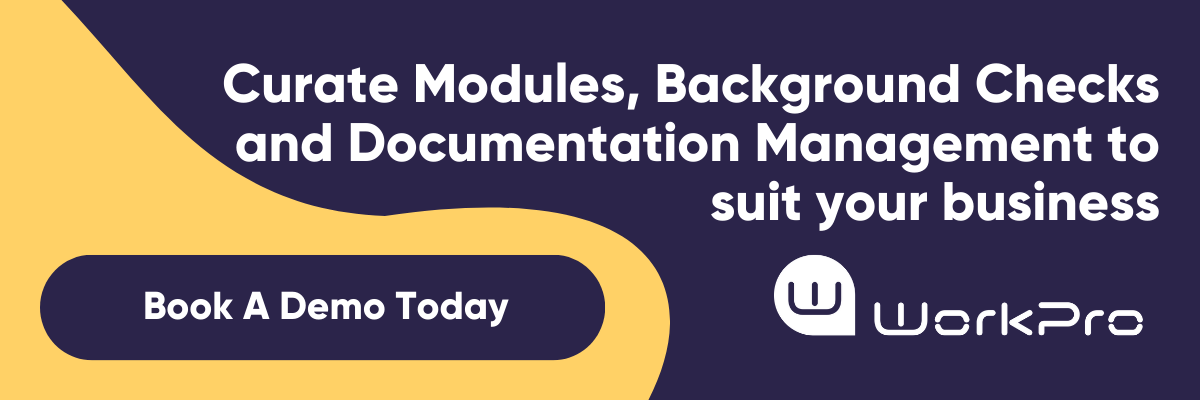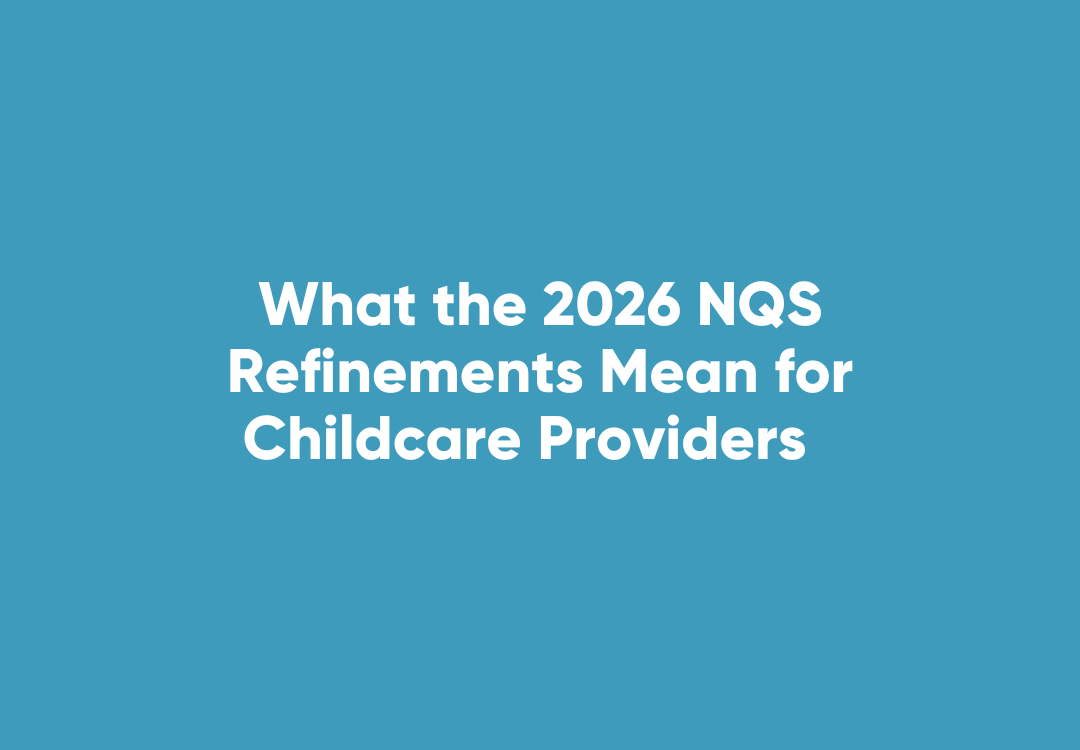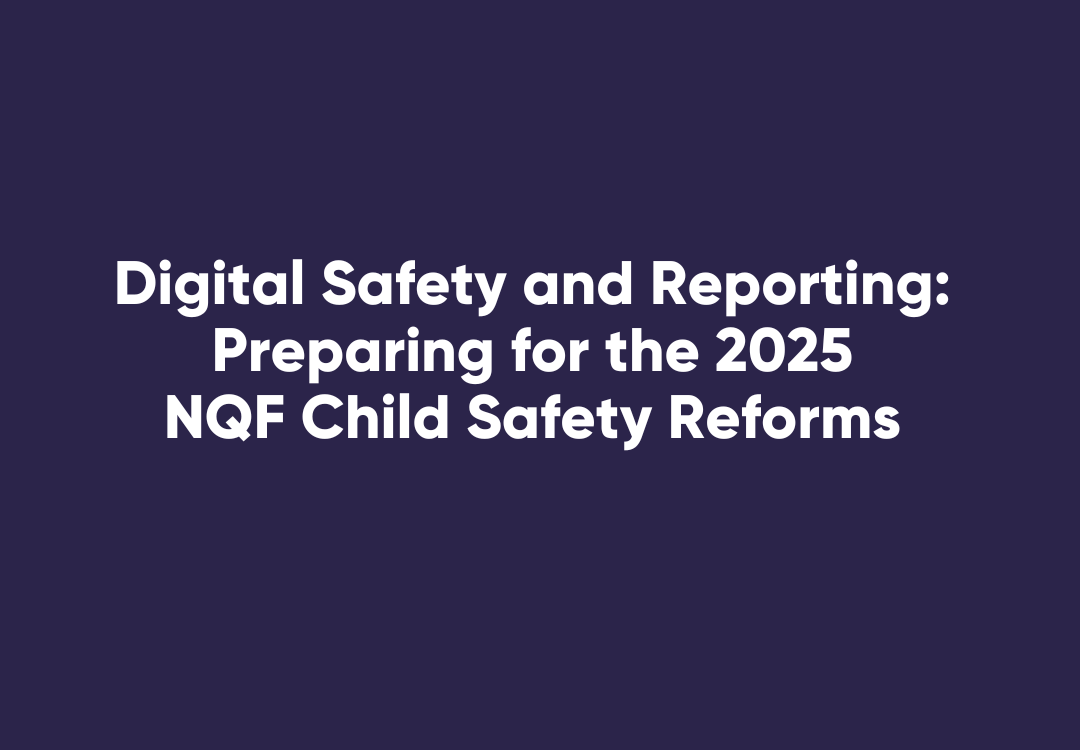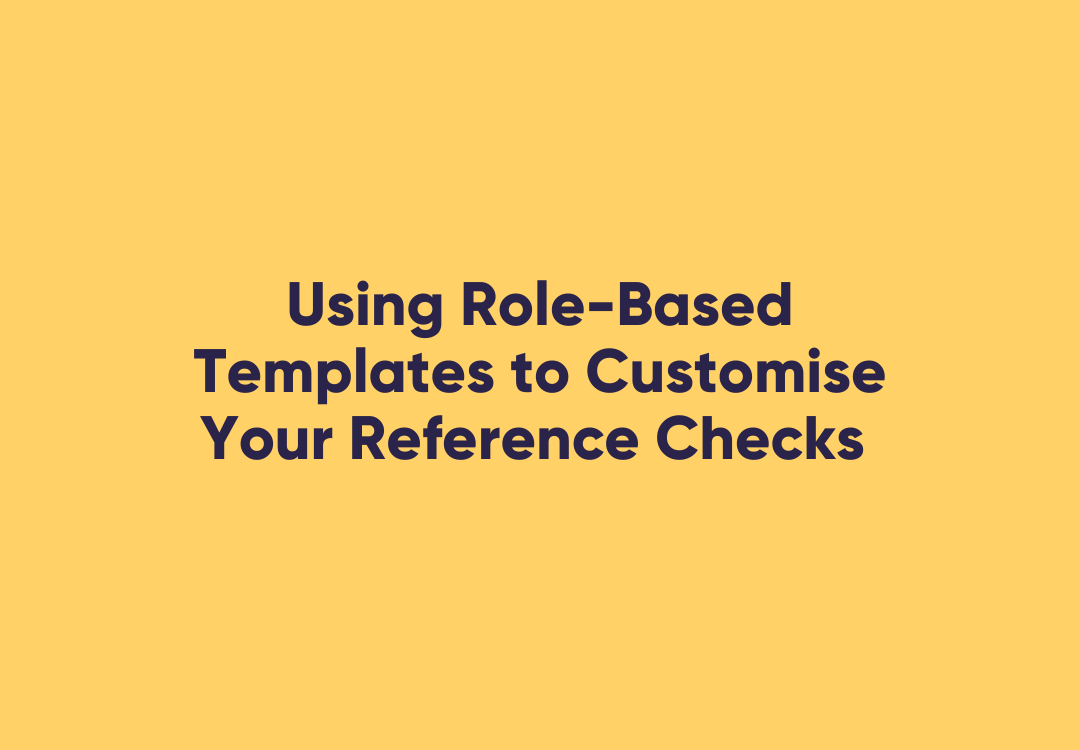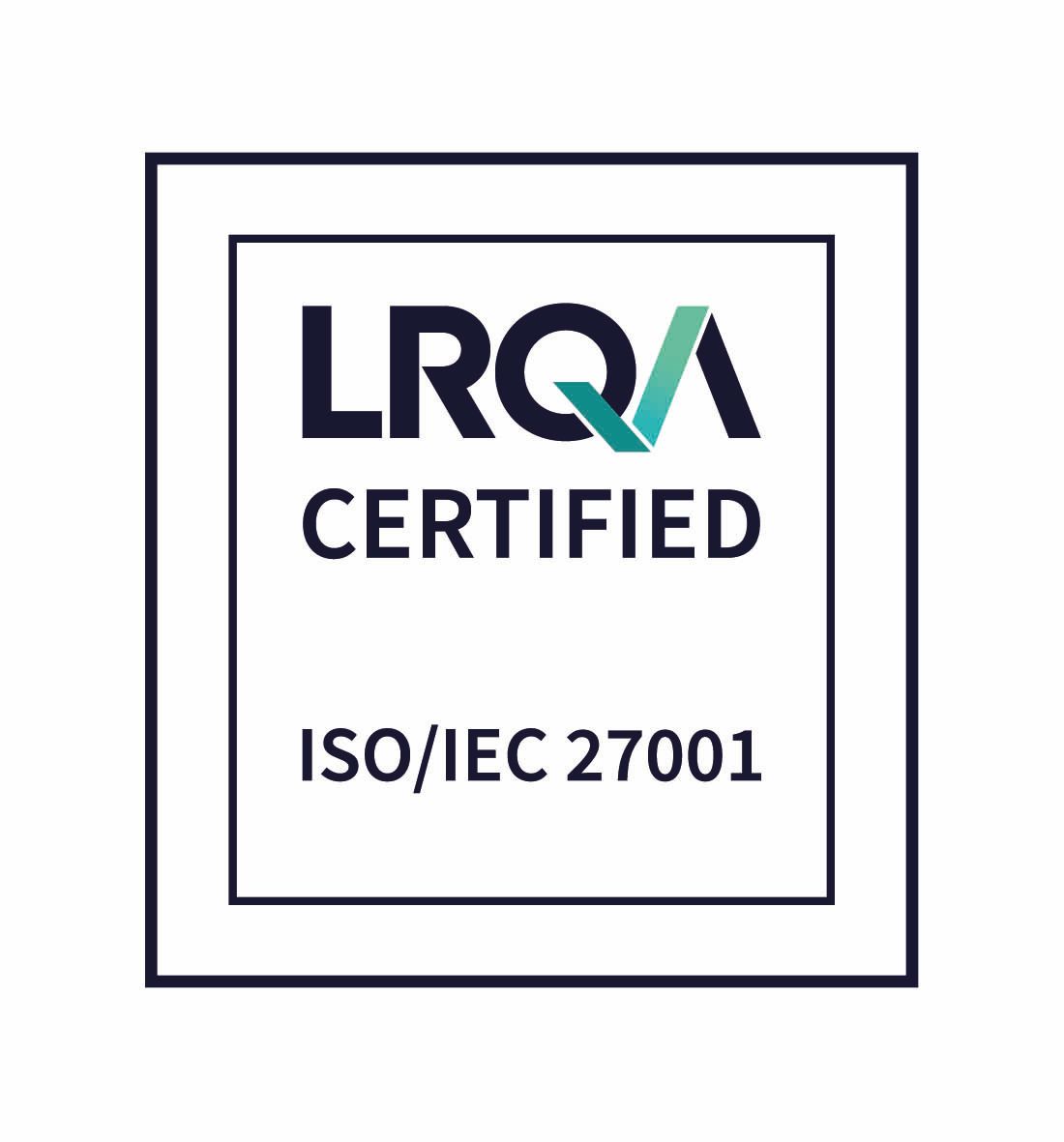Understanding Psychosocial Risk in the Workplace
With the imminent introduction of new psychological health regulations, what does this mean for employers?
Workplace bullying can occur in a wide variety of different ways. It can cause psychological and physical harm, as well as being a risk to health and safety. But what about psychosocial risk - the psychological and social conditions of the workplace?
Psychosocial risks include stress, fatigue, bullying, violence, aggression, harassment, and burnout, which can be harmful to the health of workers and compromise their wellbeing. There are also risk factors (e.g. misuse of alcohol or other drugs, poor change management) that increase the risk or potential for harm to health from exposure to a psychosocial hazard.
According to a 2021 report published by Safe Work Australia, 9% of all serious workers’ compensation claims are for work related mental health conditions.
On average, 7984 Australians are compensated for work related mental health conditions each year. These psychological injuries tend to require longer recover times and higher costs, which more time away from work than physical injuries.
Like bullying and in fact any other workplace hazard, employers must eliminate psychosocial hazards and manage risks to health and safety arising from work so far as is reasonably practicable.
There are a number of key factors that organisations need to assess as part of their risk management process, these include:
- Work demands
- Low levels of control
- Inadequate support from supervisors and/or co-workers
- Tasks or jobs where workers have insufficient or inappropriate support from supervisor or co-workers
- Lack of role clarity
- Incompatible expectations or demands placed on workers by different workplace stakeholders
- Poor organisational change management
- Unstructured approach to change
- Low recognition and reward
It is vital that employers have a clear understanding of their business’ obligations, the right tools to assist their workforce and procedures in place to manage the risk of psychosocial hazards in the workplace.
WorkPro is here to help! You can view our ‘Psychosocial Risk’ webinar here and you can activate a free trial of WorkPro’s eLearning modules ‘Mental Health in the Workplace’, ‘Bullying, Discrimination and Harassment’ and 'Safety, Discrimination, Harassment and Bullying in on-hire work' right here!



